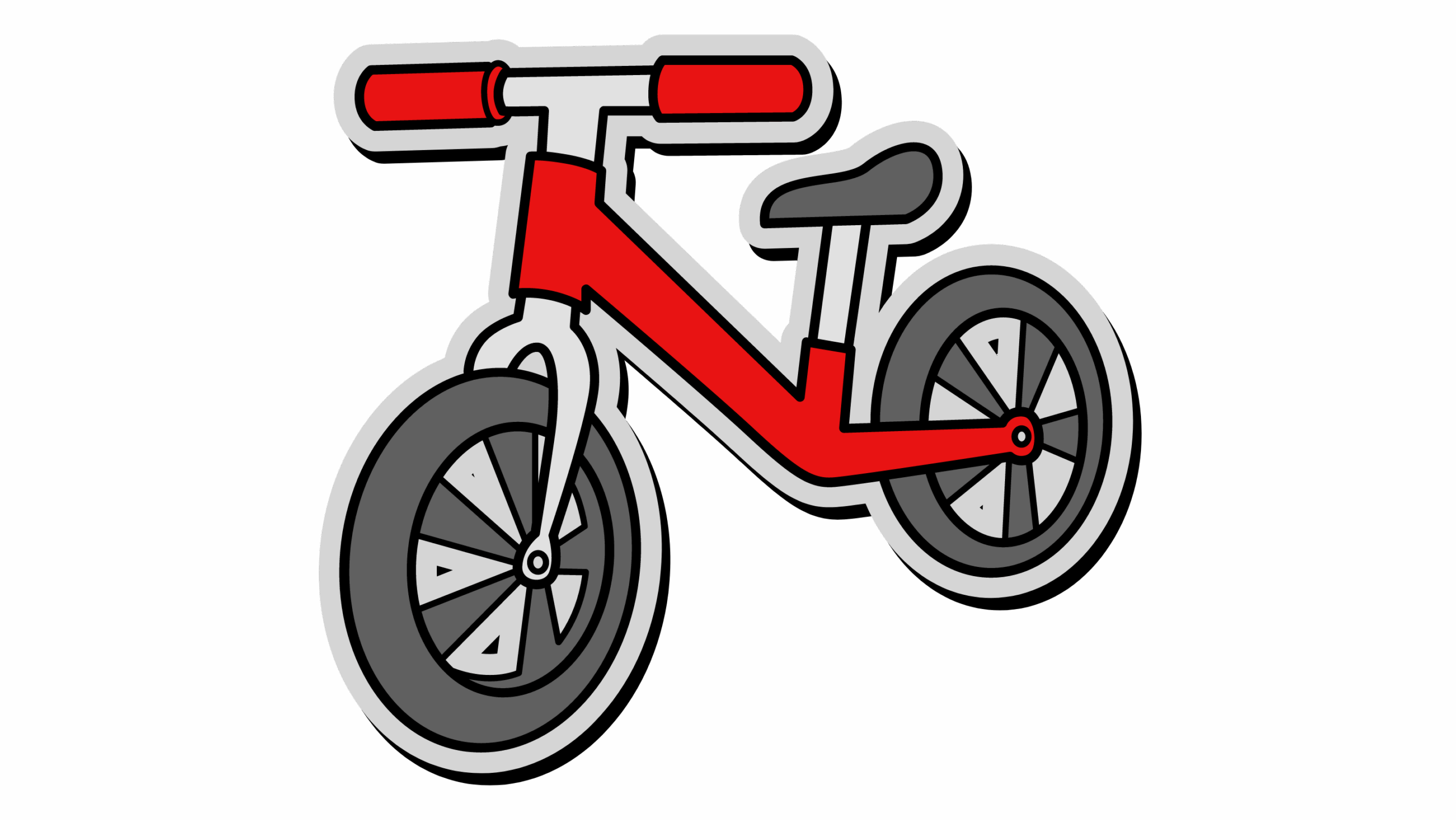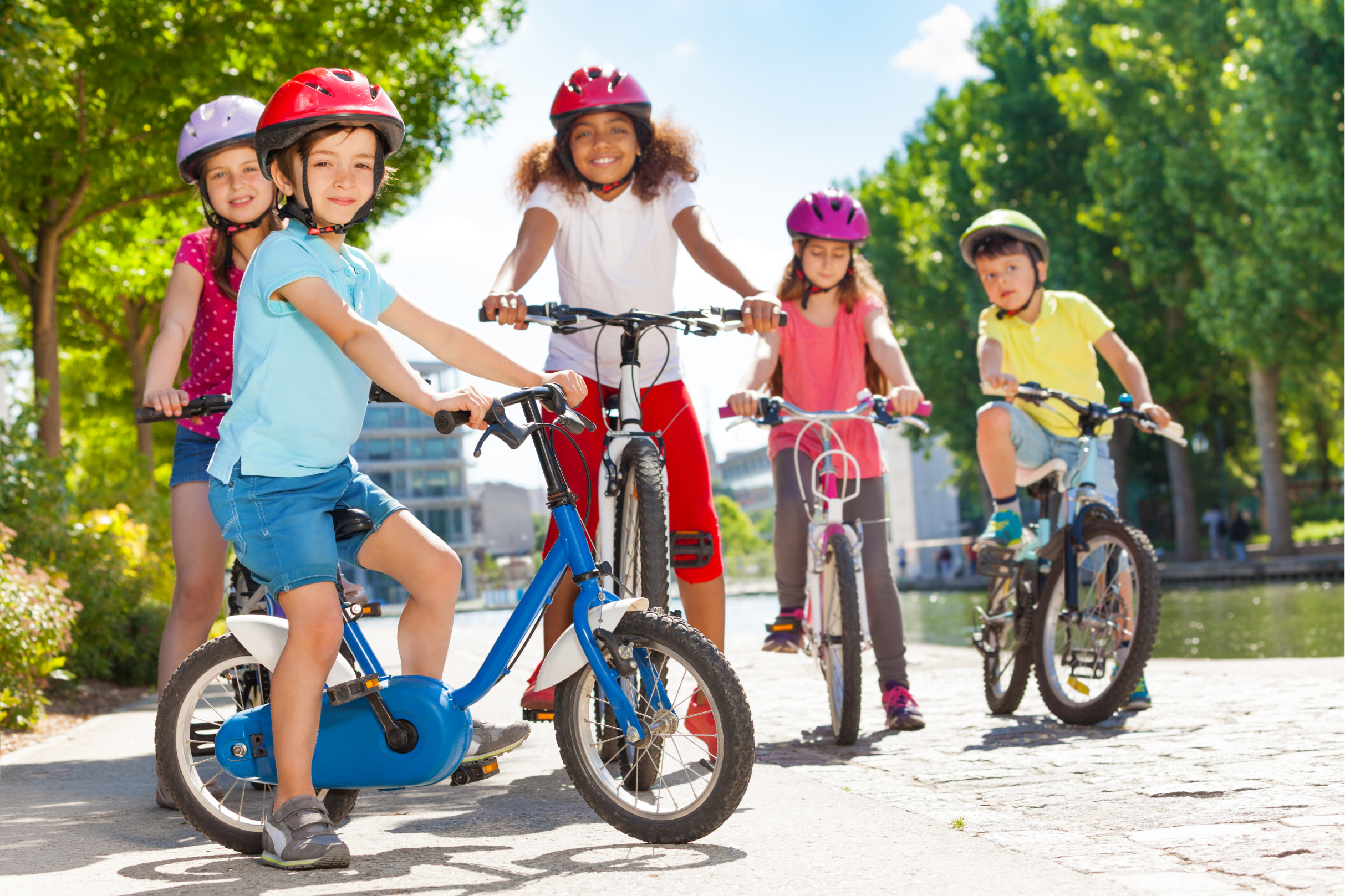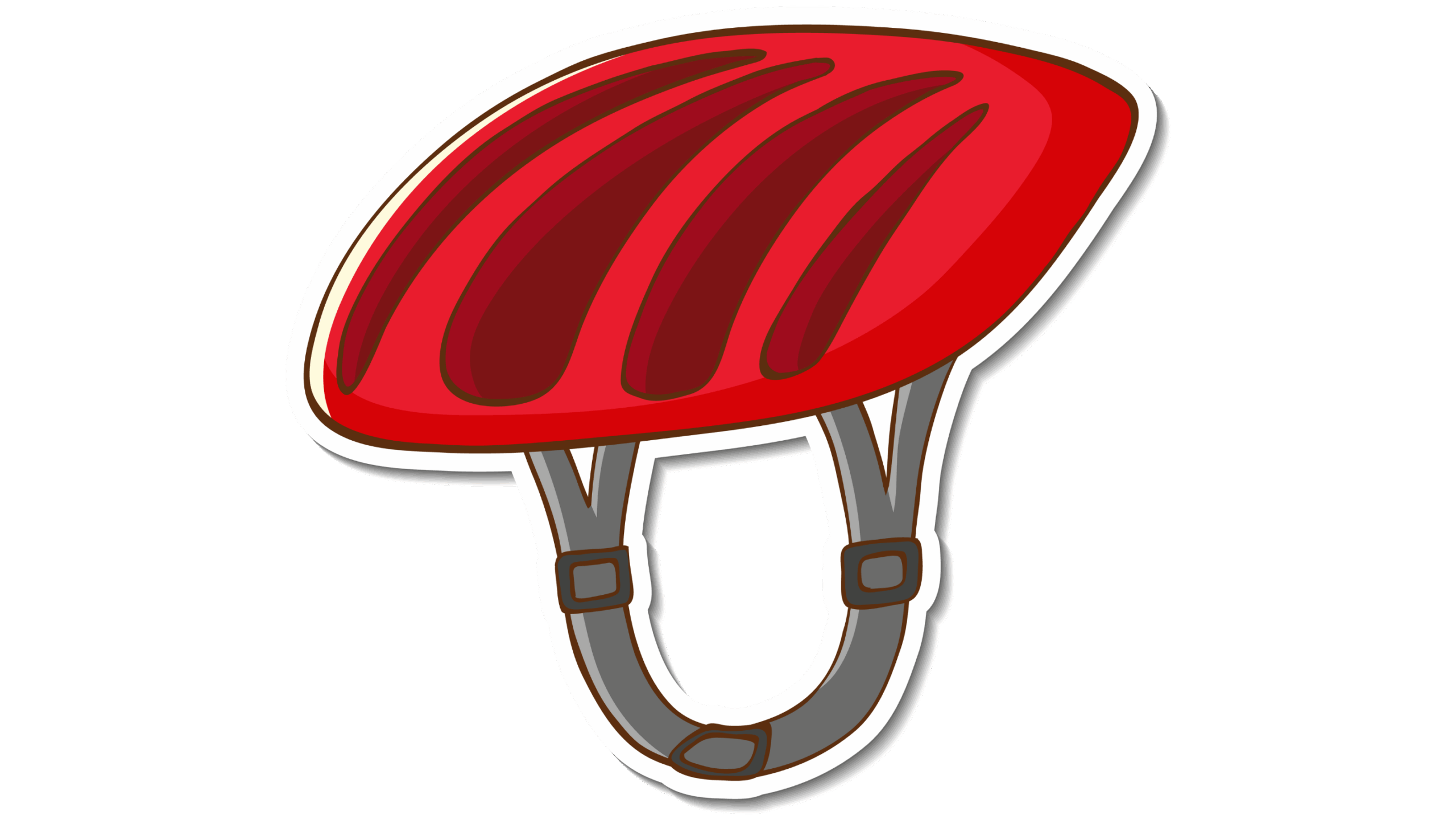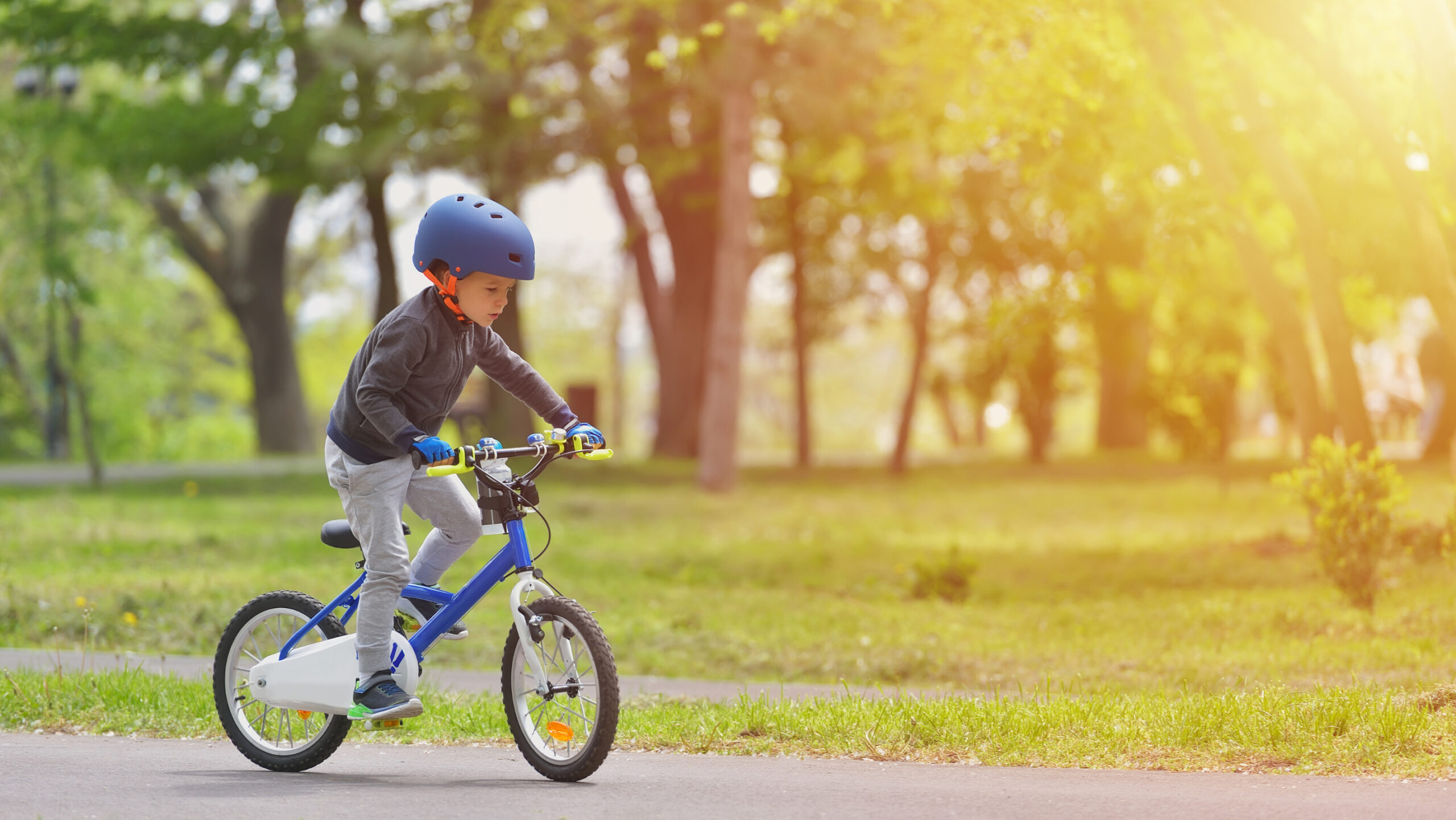Bicycle Safety
We are nearing great weather for bike riding. It is fun and an excellent way to get around while staying in shape. People are increasingly using bicycles to commute, exercise, or just for fun, to see the sights, and to reduce their carbon footprint. However, bicyclists face a swarm of vulnerabilities. They often must share the road with vehicles, and injuries can happen even on a designated path.
Bicycle Safety may not be the most exciting topic, but bike accidents can be extremely serious if you’re not careful. Many states consider a bicycle a vehicle when operated on the road — and bicyclists must follow the same rules.
With about 80 million bicyclists sharing the road with motorized vehicles, it is vital that bicyclists—and drivers—take some safety precautions.
The Centers for Disease Control and Prevention state bicycle trips make up only 1% of all trips in the United States. However, bicyclists account for over 2% of people who die in a crash involving a motor vehicle on our nation’s roads. Nearly 1,000 bicyclists die, and over 130,000 are injured in crashes that occur on roads in the United States every year.
You should begin with the right bike for you. Ensure you have chosen the right bike for the surface you plan to ride on and adjust your bike to fit.
Before you hop on your bike, check the weather. You should always avoid riding in harsh weather or when roads are slippery.
Ensure you wear the proper safety gear, particularly for your head and hands. Cycling goggles can be helpful for bugs, sun, road debris, or dust. Not all states require helmets, but you should never ride without one, regardless of whether you are an adult or a child. Check out the NHTSA’s guidelines for properly fitted helmets. https://www.nhtsa.gov/sites/nhtsa.dot.gov/files/8019_fitting-a-helmet.pdf
Give your bicycle the proper pre-ride checklist. Are the tires fully inflated? Do your brakes work properly? Are your lights or safety reflectors in the right place and working properly? Do you have a horn? What about your mirrors and headlights? Do you have a small first aid kit on your bike?
It’s time to hit the road. Make sure drivers can see you. Wear bright or reflective clothing or accessories, depending on the time of day you are riding. Whenever possible, avoid riding at night.
Many cycling accidents happen when cyclists ride through red lights and stop signs. Cyclists share the road with motorized vehicles, and traffic lights and signs should be obeyed just as vehicles are required to do.
Texting, taking phone calls, or listening to music while riding are distractions that can lead to severe injuries to others, including the cyclist.
Keep your hands on the handlebar unless you are signaling to other vehicles.
Always ride with traffic rather than against it. Cars come at you much faster when doing so. Riding in groups can also be helpful. Larger packs are easier to see than one lone rider. This is also helpful if something should happen to you. Someone is near to help.
Common safety tips:
+ Do not ride too close to curbs or on sidewalks
+ Use hand signals in traffic
+ Busses and large trucks have blind spots. Do not try to pass.
+ Be aware of your surroundings and not just what is in front of you.
+ Plan your route by staying on roads with dedicated bike lanes.
+ Things you don’t always think about
+ Parked Cars (sudden opening of doors)
+ Cracks in the road or potholes
Each state has its own rules for bicycling. Get acquainted with your state laws. A useful resource would be the League of American Bicyclists at https://bikeleague.org/bike-laws/state-bike-laws/
May is National Bike Month
Make May the month you review the state rules with your family. Visit https://highways.dot.gov/safety/proven-safety-countermeasures/bicycle-lanes for more information on Bicycle Lanes.
Submitted by Lisa Freed




